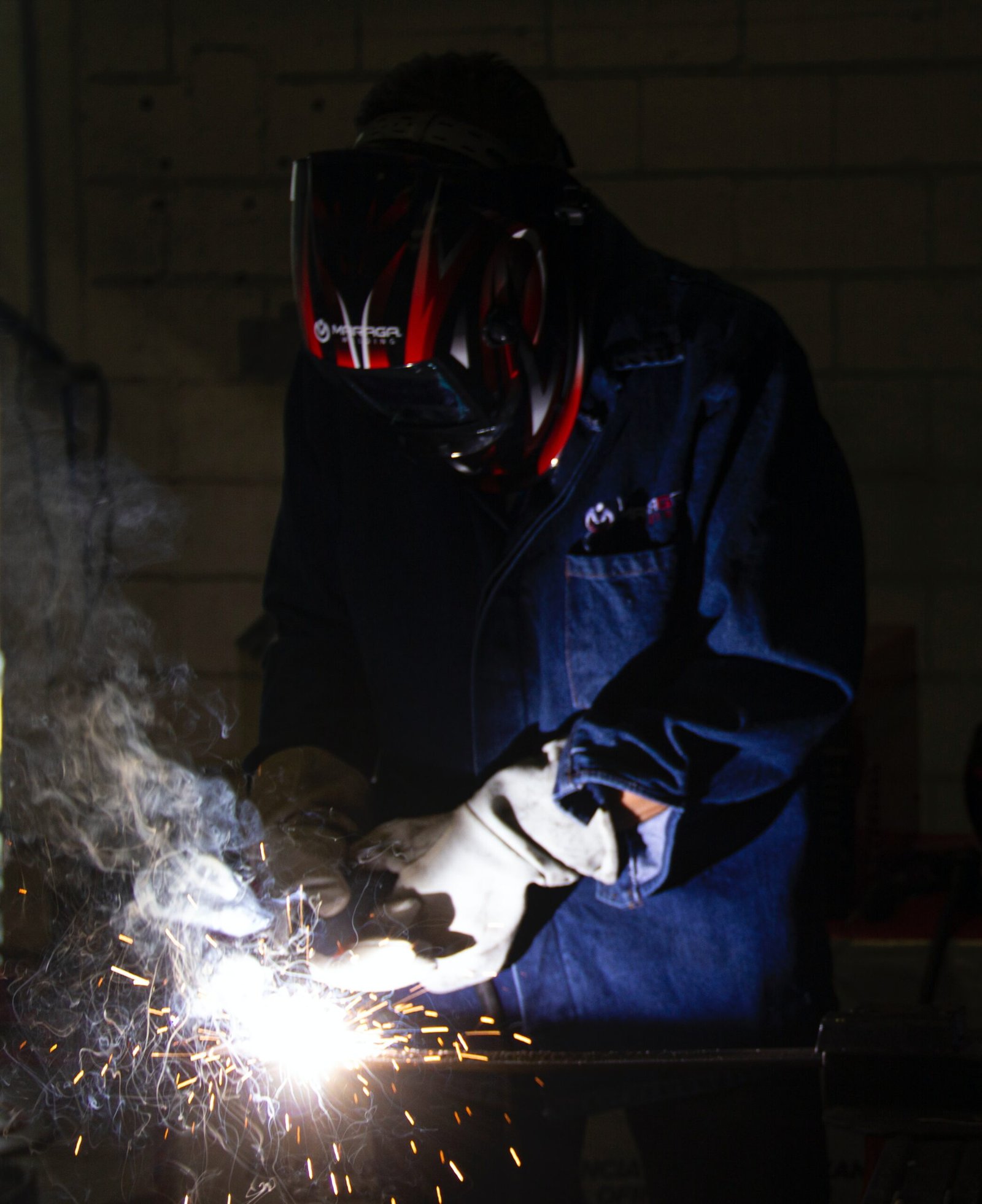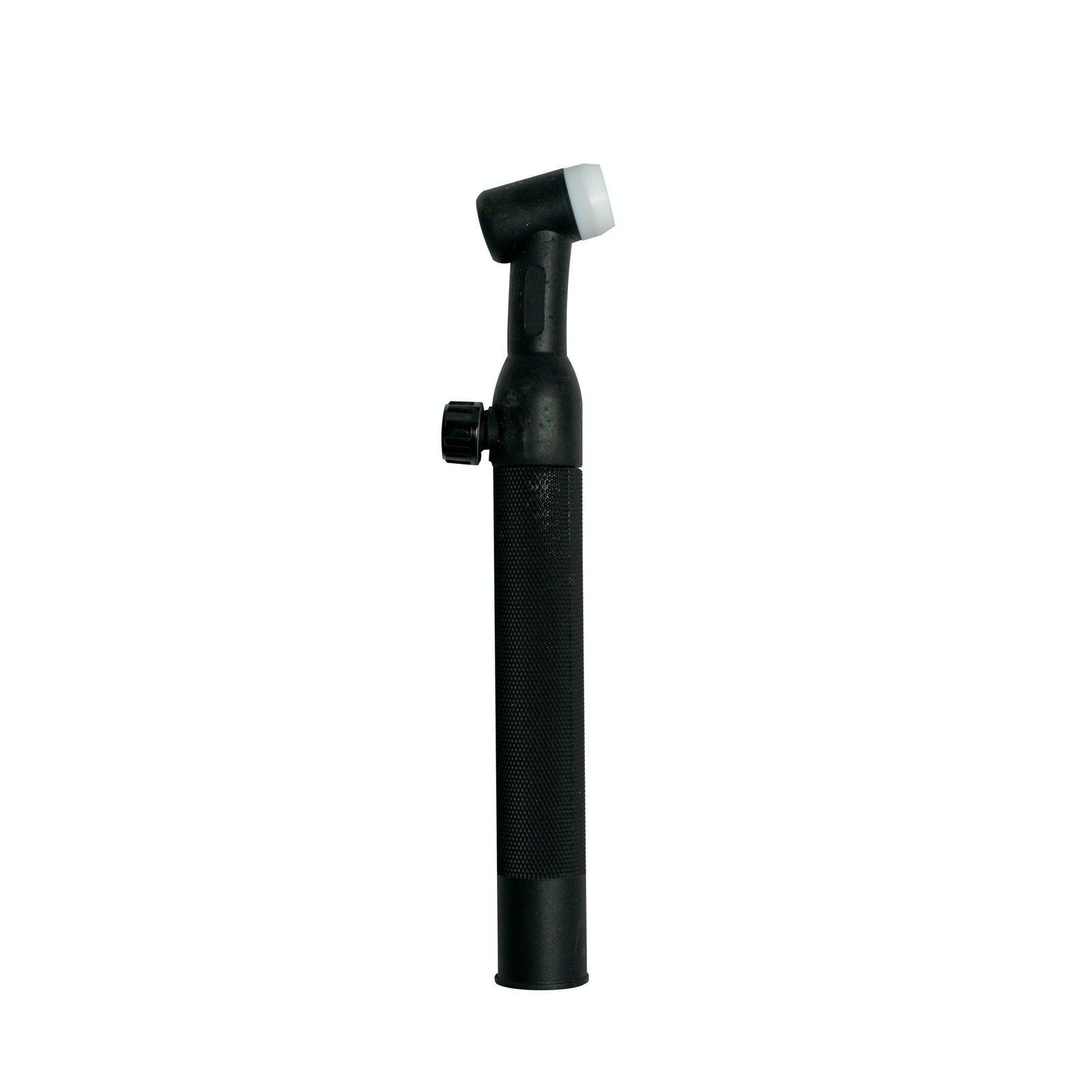When it comes to welding, there are various types of welding machines available in the market. One such type is the diesel welding machine, which is widely used in industries and construction sites. In this article, we will explore what a diesel welding machine is and how it works.
What is a Diesel Welding Machine?
A diesel welding machine, also known as a diesel-driven welding generator or a diesel welder, is a portable welding machine that uses diesel fuel to generate electricity for welding purposes. It combines a diesel engine with a generator to provide both power and welding capabilities in a single unit.
These machines are commonly used in remote locations or areas without access to a stable power supply. They are highly versatile and can be used for a wide range of welding applications, including construction, maintenance, and repair work.
How Does a Diesel Welding Machine Work?
A diesel welding machine operates on the principle of converting mechanical energy from the diesel engine into electrical energy, which is then used for welding. Here is a step-by-step breakdown of how it works:
Step 1: Fuel Combustion
The diesel engine of the welding machine burns diesel fuel in a combustion chamber. This combustion process generates high temperature and pressure, which is used to drive the engine.
Step 2: Mechanical Energy Conversion
As the diesel fuel burns, it creates expanding gases that push the pistons in the engine. The pistons move up and down, converting the linear motion into rotary motion.
Step 3: Generator Operation
The rotary motion of the engine is transmitted to the generator, which consists of a rotor and a stator. The rotor spins inside the stator, creating a rotating magnetic field.
Step 4: Electrical Energy Generation
As the rotor spins, it induces an electrical current in the stator windings through electromagnetic induction. This current is then collected and regulated to produce a stable electrical output.
Step 5: Welding Current Generation
The stable electrical output from the generator is used to power the welding circuit. The welding circuit consists of various components, including the electrode holder, cables, and the workpiece. When the welding circuit is completed, an electric arc is formed, which generates the heat required for welding.
Step 6: Welding Process
Once the welding circuit is established, the welder can control the welding process by adjusting parameters such as the welding current, voltage, and wire speed. This allows for precise control over the welding operation, ensuring high-quality welds.
Advantages of Diesel Welding Machines
Diesel welding machines offer several advantages over other types of welding machines:
- Portability: Diesel welding machines are highly portable and can be easily transported to different job sites.
- Independence: They do not rely on a stable power supply, making them suitable for remote locations.
- Powerful: Diesel engines provide high torque and power, allowing for efficient welding even in demanding applications.
- Durability: Diesel welding machines are built to withstand harsh working conditions and have a longer lifespan compared to other machines.
Overall, diesel welding machines are a reliable and versatile option for professionals in need of a portable welding solution. Their ability to generate electricity and provide welding capabilities makes them an essential tool in various industries.
Conclusion
Diesel welding machines are a valuable asset for professionals in industries such as construction and maintenance. By understanding how these machines work, users can make the most of their capabilities and ensure efficient and high-quality welding operations. Whether in remote locations or areas without a stable power supply, diesel welding machines provide the power and portability needed to get the job done.


